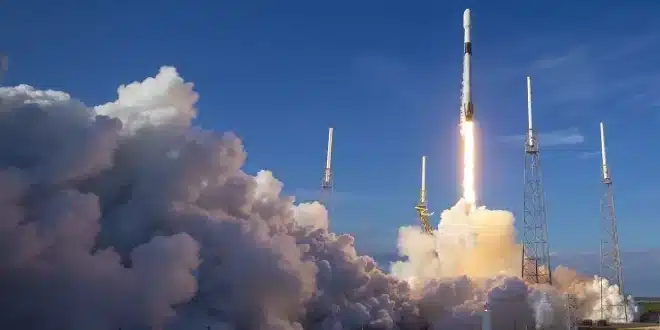On Tuesday, a Chinese state-owned enterprise successfully launched 18 satellites into orbit, according to state broadcaster CCTV. This launch is part of China’s efforts to establish its own satellite network, similar to SpaceX’s Starlink.
The satellites, developed by Shanghai Spacecom Satellite Technology (SSST), were launched from the Taiyuan Satellite Launch Centre in Shanxi province using a Long March 6 rocket. This marks the first group of satellites for SSST’s “Thousand Sails Constellation” initiative, as reported by CCTV.
This state-backed initiative is China’s response to SpaceX’s Starlink, which currently has about 5,500 low Earth orbit (LEO) satellites providing near-global internet coverage to various users, including consumers, businesses, and government entities. Starlink is a subsidiary of SpaceX, the space company founded by Elon Musk.
LEO satellites typically operate at altitudes between 300km and 2,000km above Earth’s surface. They are known for being cost-effective and offering more efficient transmission compared to satellites in higher orbits. Control over these satellites is also significant for military purposes.
The strategic importance of LEO satellites was highlighted during the Ukraine war in 2022, where Starlink played a crucial role in battlefield communications. Following this, media outlets affiliated with the People’s Liberation Army (PLA) have frequently expressed concerns over the threat posed by Starlink to China’s interests. These publications describe Starlink and SpaceX as tools for the United States to establish “space hegemony” and gain a “unilateral space military advantage.”


